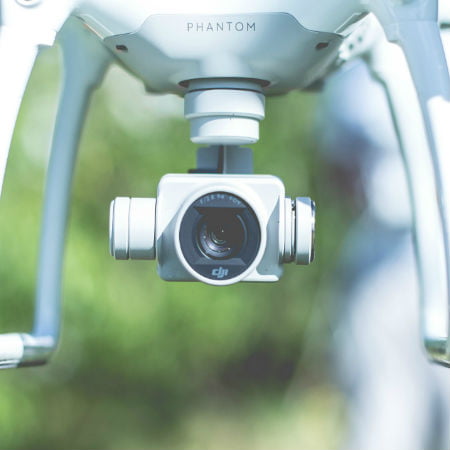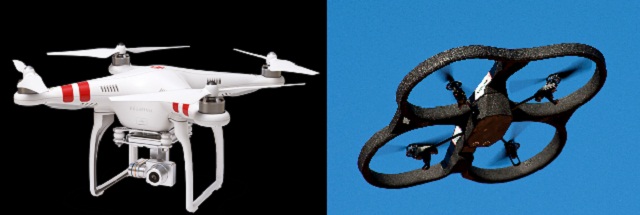
More than knowing how to fly a drone, enthusiasts are also interested in the creation of their own unmanned aerial vehicle. The process is a bit troublesome, starting from assembling the parts and then the coding. But thanks to Flyver SDK, you can skip that step and directly proceed to the next one.
Flyver SDK is a programming framework that allows developers to create their own apps for drones so it can perform functions based on their designs. There are a couple or more configurations in which it can run. Depending on your tools and how much fixing you are willing to do, you choose what you think is the right 3G drone for you.
Scroll down for video
The Flyver Devkit

Flyver
With this affordable DIY GPS drone kit, which includes a DJI Flamewheel F440 ARF, an Android phone, and an IOIO OTG Board, you can start working on the coding right away. After connecting all the parts and apps ready, your programmable GPS drone is now ready to lift off the ground.
How to Create Your Own Drone Using Flyver SDK

TechGenMag
If you have an existing drone equipped with GPS and other basic drone parts, you don’t have to buy a new one. Since all radio-controlled drones have the same basic core, you can build your custom drone with it. Any UAV with these basics works with SDK:
- Power supply board
- Brushless DC motors
- Frame
- Radio control (transmitter and receiver)
- Control board, sensors, and GPS
- Electronic speed controllers (ESCs)
- Lipo battery
And if these basic elements are all existing, follow the tips below to FlyverHack your drone. Please take note that IOIO OTG Board is needed for this configuration.
Smartphone Essentials
An autopilot is needed to run all the apps for the drone, which is the Android phone in these configurations. The following are needed for the phone on which the Flyver SDK runs.
1 . Sensors
- Accelerometer, compass, gyroscope, barometer
- Recommended MPU-6050 – InvenSense or higher
- 3G, GPS, Wifi
- Min Android 4.2
- Refresh rate of sensors: min 100Hz
When using the phone with the drone, make sure you check the following:
- The two are well-connected
- It’s positioned at the correct direction
- There’s no other application or services running on the background
- Calls, notifications, and other pop-ups are disabled
- Not in debug mode

Drone Journey
Presently, these are the only configurations applicable for the Flyver SDK. But soon, it will also support an external autopilot like Pixhawk and a proprietary Software Development Kit configuration.
SDK Setup
You can find the instruction in Flyver’s GitHub.
Construction and Taking Off
The Rules
After you set up your drone, you can start writing code for your apps and then test them to make sure your quadcopter is capable of performing autonomously. But before flying, make sure that you know the dos and don’ts of flying an aircraft. Drone regulations vary per country. It’s important that you follow them for the safety of everyone including yourself. In the past few months, numerous accidents involving drones have been reported.

GadgetsDaily
If you are not familiar with the UAV laws and regulations currently followed, make use of Google and there you will find a complete guide on how to safely fly your aircraft, the altitude limit as well as the no fly zones. Be sure to keep yourself posted as drone laws are changing so often.
Safety
Again, rules are created for a reason. Drones are machines, and no machine is perfect. Any time, it may malfunction mid air, which can pose a serious hazard to people and properties. Keep this in mind especially during testing as you are still examining the movements of your GPS-guided drones and you have no complete control yet over your aircraft. You can easily cause accident, if you don’t practice safety.
Always keep these in mind:
- Avoid flying when there’s strong wind
- Avoid flying during bad weather days
- Fly your drones only within your line of sight
- Avoid flying in crowded areas
- Don’t fly your drone near people
- Use propellers protectors, if possible
Once you’ve familiarized yourself with the tips above, it means you are now ready to build and program your own drone.
Watch the videos below